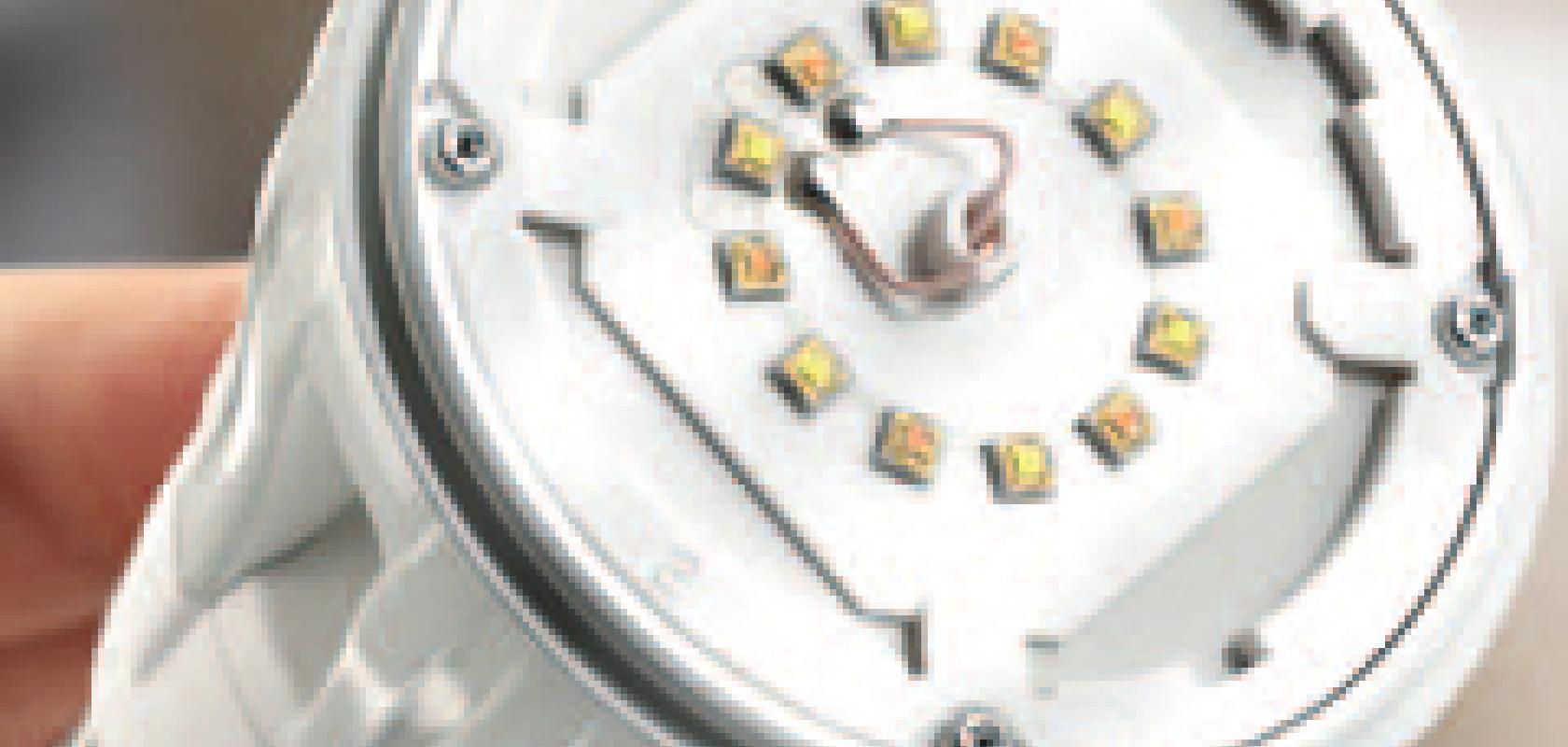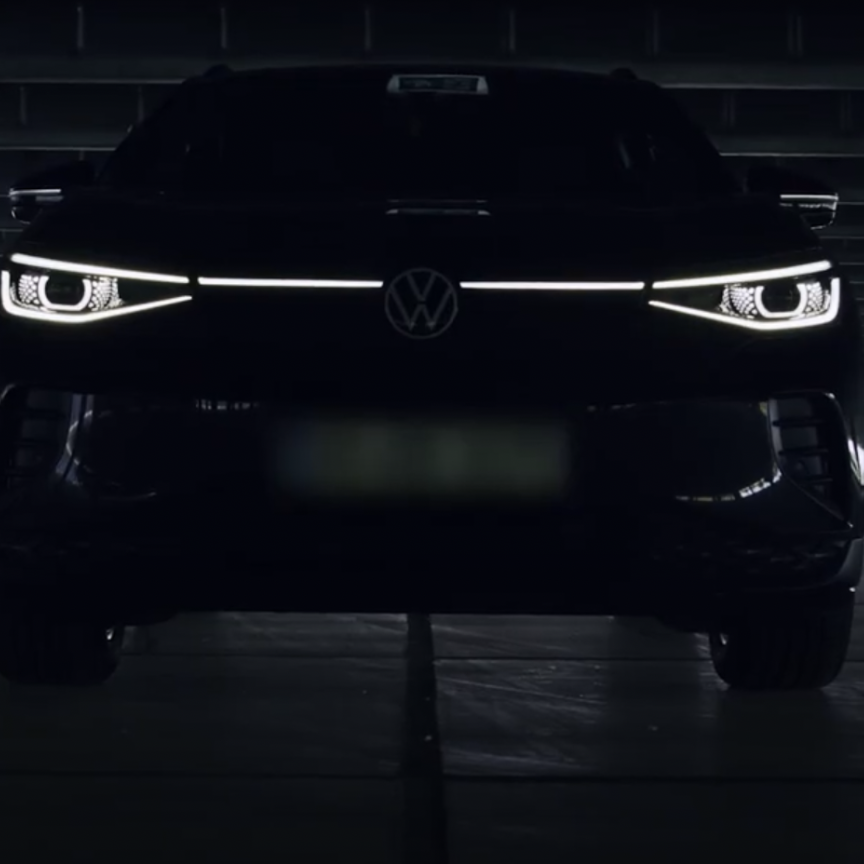The drive for solid-state lighting comes down to energy-efficiency – LEDs use approximately 75 per cent less energy than incandescent bulbs and last 25 times longer. According to the US Department of Energy, widespread use of LED lighting could save around 348TWh of electricity by 2027 – a saving of $30 billion at current prices.
At the moment, the cost of LED lighting is too high to warrant home owners replacing their incandescent bulbs with LEDs. Allen Henley, product manager at lighting test equipment provider, Radiant Zemax, says an LED array can cost around $25-$30, compared to an incandescent bulb which costs less than a dollar. ‘It’s difficult to justify paying 25 times the amount for a light that’s only on maybe two or three hours a day,’ he says, especially in the US where electricity is relatively cheap anyway.
Once the cost has come down though, LEDs promise to replace incandescent lighting in the home – potentially a huge market. ‘Residential and commercial lighting is the big frontier for LEDs,’ says Alex Fong, senior VP, life sciences and instrumentation at Gooch and Housego (G&H). ‘The argument is that, when the dam breaks, it’s going to be a 40 to 50 per cent growth rate market, when people really start moving away from incandescent lighting to solid-state lighting.’
G&H provides LED test equipment and Fong says manufacturers are essentially taking existing incandescent lighting standards and adapting them for LEDs. Each individual LED will be ‘binned’ or sorted based on parameters like total light output and colour temperature. G&H’s CR-100 and CR-200 Tistimulus colorimeter is ideal for LED inspection on high-speed production lines, capturing data in 60ms.
There can, however, be a lot of variation in the light emitted by white LEDs. ‘Not all whites are equal,’ says Henley. ‘It’s difficult to build millions of LED bulbs that all have the same brightness and colour temperature.’ These inconsistencies, as well as inherent differences in the light LEDs produce compared to incandescent bulbs, complicate matters.
In terms of colour, LED lights in wall sconces or lamps can produce a rainbow effect on the wall, because the light is outputting different colours at different angles, says Alan Tirpak, product manager at G&H. The colour temperature also depends on the type of LED, whether it’s an RGB LED, or what phosphor the lights use. Phosphors produce a yellowing effect at a higher angle.
Manufacturers will not only test LED total brightness, but also angular distribution. ‘Instead of running angular testing photometrically, manufacturers want to do this spectroradiometrically to determine the spectral, i.e. colour, changes as well,’ says Tirpak.
Jason Pierce at US firm StellarNet says that one of the parameters manufacturers might use to ensure white light within certain specifications is the colour rendering index (CRI). StellarNet’s spectrometers can provide CRI data and the company offers integrating spheres and other solutions for LED testing.
‘The other area we’re seeing issues with is to do with brightness at different angles,’ adds Tirpak. An incandescent source will have a transition from bright to dim, called wash. An LED has a bright central portion that drops off almost immediately to nothing. ‘With the same brightness of source, it takes more LEDs spaced closer together over the whole area to produce the same effect,’ he says.
Luminaires are tested by measuring the light output from every angle, by moving the test equipment around the luminaire or by attaching the array to a goniometer, which rotates it in front of a colorimeter or measurement device. ‘A colorimeter might make a few hundred measurements to characterise the output of the luminaire,’ says Henley at Radiant Zemax, whose ProMetric imaging colorimeter can be used in this circumstance to capture near-field data, directly measuring the light as it is emitted by the source. This allows the system to generate very accurate ray sets, used to calculate illumination distribution at any distance. A common industry standard for this is IES or Eulumdat files, which describe the illumination distribution at far-field (infinite) distance from the source.
Testing the finished product
Robert Yeo, a founder of Pro-Lite Technology, says one source of concern is the discrepancy between the light output data generated by the standard tests and the light output of the finished product.
Traditional fluorescent or incandescent lighting always emits exactly the same amount of lumens of power. LED lighting is different, says Yeo. The standardised test conditions under which LED chips are binned and sorted involves passing a short flash of current through the LED with it maintained at 25°C. An LED in a lighting product, however, will rise to 50 to 70°C depending on its thermal design. Yeo says: ‘An LED will exhibit around a 20 to 30 per cent drop in light output when it’s operating at 70°C compared to 25°C. Unless you test the finished product, you’re going to assume that the light output is 20 to 30 per cent higher than it actually is. You can’t just extrapolate from the rated luminous flux from the component LEDs; you have to test the finished product. There are a lot of LED lighting products that are being marketed based upon “theoretical” specifications.’
Pro-Lite supplies photometric equipment to a number of UK and European lighting manufacturers, including integrating spheres to measure the total amount of lumens, and goniophotometers to measure the spatial light distribution. The company sells goniophotometers from Radiant Zemax.
There are test procedures in place for LED lighting – but, as Yeo says, there needs to be an understanding that the performance of the finished product can’t be estimated based on the component LED specifications.
Predictably, it comes down to cost. Henley at Radiant Zemax says: ‘The economics [of converting to LEDs] pays off for industrial factories with lights burning many hours per day, or a casino, for instance. Here, replacing an incandescent bulb with an LED bulb will pay for itself in six months.’ However, it might be a few years until LEDs form a major part of residential lighting.
 Greg Blackman is the editor for Electro Optics, Imaging & Machine Vision Europe, and Laser Systems Europe.
Greg Blackman is the editor for Electro Optics, Imaging & Machine Vision Europe, and Laser Systems Europe.
You can contact him at greg.blackman@europascience.com or on +44 (0) 1223 275 472.
Find us on Twitter at @ElectroOptics, @IMVEurope, and @LaserSystemsMag.


